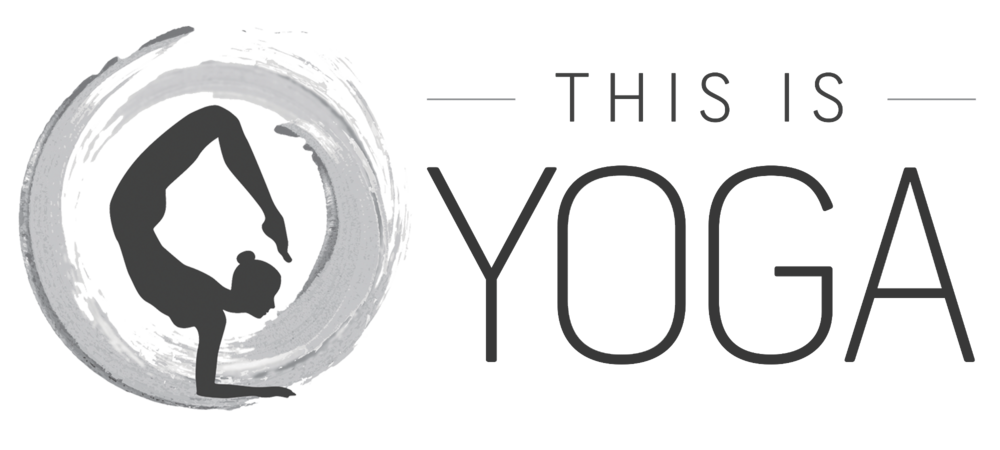Just like the moon flows through phases, ebbing and flowing with the tides of nature, humans also move in cycles. Throughout a day, week, month and beyond, our energy, bodily functions and emotions are constantly wavering. Yet, in a linear society that favours repetition and routine, our true nature is often ignored in a bid to meet expectations of consistency. All too often we disconnect from the cycles existing both outside of and within us, but the moon is a constant reminder to re-connect.
Connection lies at the core of yoga, which is why it is the perfect practice to tune into nature and honour inner/outer cycles. Syncing your practice to the phases of the moon is a good way to not only cultivate cyclic awareness but to find compassion, acceptance and space. The moon offers clarity on when to retreat and draw energy inward and when to outwardly express. Synching moon flows to these energies can offer a powerful energetic alignment.
Yoga classes for each phase of the moon
New Moon
When the sky is at its darkest, it presents a call to dive within. As the moon darkens her light to re-charge, she encourages us to mirror her efforts by lowering our outward expression. Displaying a blank canvas, it’s an opportunity to fill the space with new beginnings. Connect to the heart space to set intentions on what you want to invite into the next moon phase.
Theme: honour your needs, slow down and rejuvenate.
A New Moon yoga practice, calls for you to seek ease. You may find that your energy is lower and emotions are heightened, offering an opportunity to rest and reflect. Practices that draw energy inward, encourage reflection and prioritise nourishment suit best. Yin, heart-opening flows and self-care rituals mirror the moon’s energy and cultivate inner-awareness.
Waxing Crescent
As the sun slowly creeps closer to the moon, its illumination becomes visible once again in the form of a crescent shape.
When the moon is waxing, it’s building energy and outward expression. It presents an opportunity to take the intentions that were set at New Moon and turn them into reality.
Theme: action, play and energy.
With the slow build of the moon’s energy, the tempo of our yoga practice can begin to increase. It is a good time to sync with the flow of the moon with a Vinyasa class that is both energising and challenging, and has a hint of play. Just as the moon’s illumination is light, we want our yoga practice to be too.
Waxing Gibbous
Before the moon reaches fullness – its complete state – the Waxing Gibbous presents an opportunity to form our own completions. It’s a time to root our New Moon intentions into reality. This is the phase of doing; it’s the time to get things done and the moon offers an extra boost to help us do exactly that. That being said, it’s also a time to root and ground, to ensure that the ‘doing’ is coming from a place of intention.
Theme: rooting, doing and completing.
During the Waxing Gibbous, you may feel a little ungrounded. There is an element of rush in the moon’s energy at this time that often leads to feeling disconnected. Whilst energy is still heightened, it’s wise to practice flows that guide with grounding. It’s still a phase that lends well to Vinyasa, but try to choose a practice that has an earthy, focused element to the flow.
Full Moon
The build-up to the full moon can be intense and a little chaotic. When it finally reaches its peak, it’s time to take a long exhale and release all that didn’t serve you throughout the waxing phases. Take stock of any resistance in your attempts to meet intentions and use the power of the moon’s bright illumination to let go. Here, the moon shines her light bright on the shadows to illuminate all the energy, habits, mindsets and people that are no longer in alignment.
Theme: grounding, releasing and shadow-work.
Whilst the brightness of the moon appears to convey heightened energy, the full moon can actually be an opportunity to stop. Energy has built to its peak and may start to burn out. This is a good time to practice flows that are grounding and releasing, as well as pranayama that offers deep cleansing.
Waning Gibbous
After the intensity of the Full moon, the moon slowly starts to retreat. The crops sown in the New Moon are now experiencing full abundance, making this a time of gratitude and love. It’s a time to be thankful for all that is present and to give back. Use this as an opportunity to perform loving acts of kindness as a way of showing true appreciation for all that is around you.
Theme: gratitude, presence and kindness.
This is a beautiful time to slow the energy of your practice down and connect within. To mirror the moon’s energy, practice heart-openers, gratitude meditations and poses that support the lung meridians.
Waning Crescent
The moon is finally welcoming surrender. Her light is withdrawing and her outward energy is diminishing. As the moon draws in darkness, shadows emerge and there is an opportunity for one final release. Energy here is likely to be lower and there will be a call to dive deep within. Honour the moon by resting and restoring. Try to empty your diary, find plenty of time to yourself and make your primary focus nourishment.
Themes: Restore, rest and self-love.
Here the moon is inviting you to slow your practice down. Surrender to the stillness and invite in tenderness. This is the perfect time to practice Yin, calming pranayama and compassion meditations.
Article Author: Ekhart Yoga
Article Source: https://www.ekhartyoga.com/articles/practice/how-to-sync-your-yoga-practice-to-the-phases-of-the-moon






